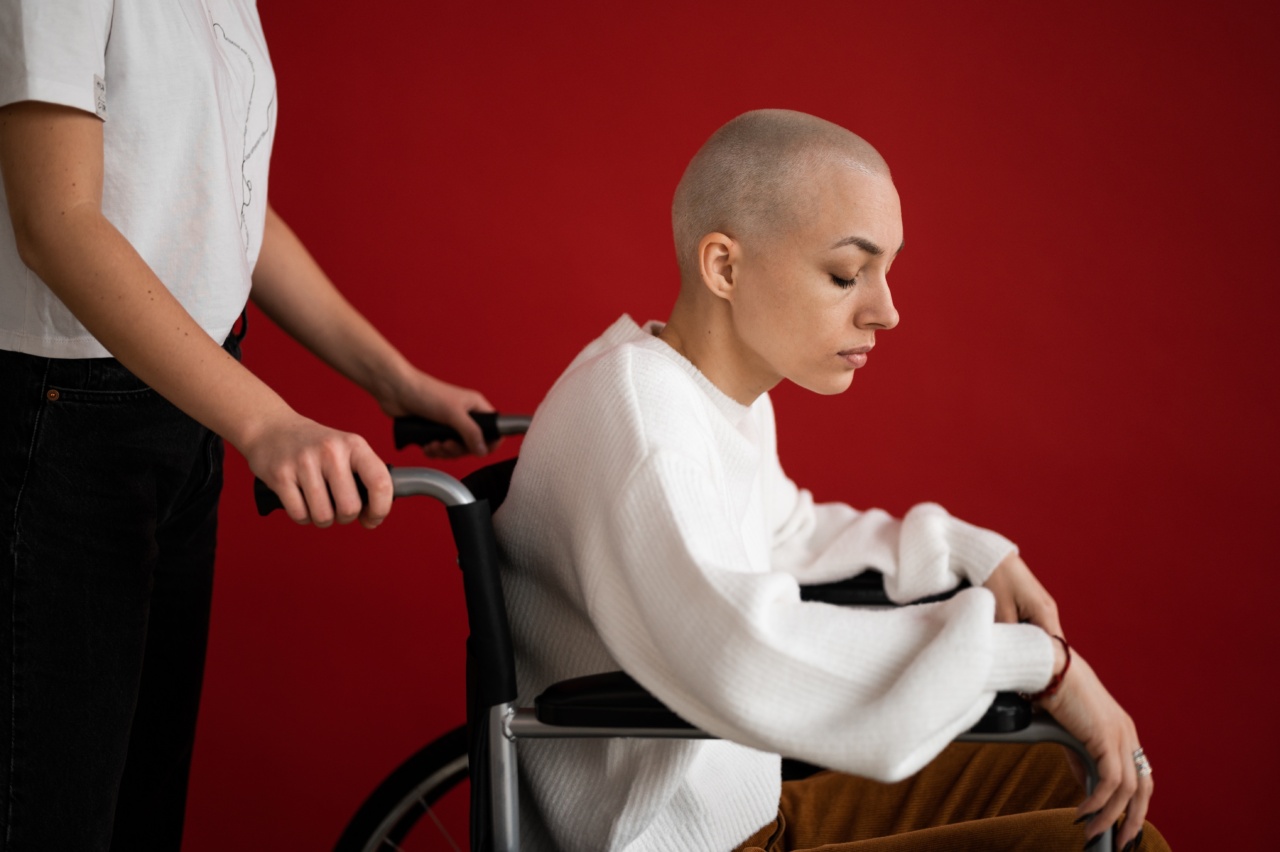For decades, cancer research has been focused on finding the silver bullet that will eradicate the disease in all its forms.
While there have been numerous advances in cancer treatment over the years, including chemotherapy, radiation therapy, and targeted therapies, cancer continues to be a leading cause of death worldwide.
However, recent research has uncovered a promising new approach to cancer treatment that seeks to exploit the unique weakness of cancer cells rather than trying to destroy them outright.
By targeting these weaknesses, researchers believe they can develop more effective treatments with fewer side effects.
The War on Cancer
The war on cancer began in earnest in the 1970s with the passage of the National Cancer Act. This legislation established the National Cancer Institute, an organization charged with coordinating and funding cancer research in the United States.
In the years since, cancer research has made significant strides in understanding the disease. We now know that cancer is caused by mutations in DNA that allow cells to grow and divide uncontrollably.
We’ve also identified many of the risk factors that can contribute to the development of cancer, such as smoking, obesity, and exposure to certain chemicals and radiation.
Despite these advances, however, cancer remains a formidable foe. It’s a complex disease that can take many forms, and treatments that work for one type of cancer may not be effective for another.
In addition, cancer cells have an uncanny ability to evade destruction, making it difficult to eradicate the disease completely.
Targeting Cancer’s Weaknesses
One promising new approach to cancer treatment is to focus on the unique characteristics that make cancer cells vulnerable.
One such characteristic is the reliance of cancer cells on a process known as aerobic glycolysis, or the Warburg effect. Normally, cells generate energy by breaking down glucose in a process called oxidative phosphorylation.
However, cancer cells rely on aerobic glycolysis, which involves breaking down glucose without oxygen. This metabolic process produces a lot of waste products, which accumulate within the cell and can interfere with normal cellular function.
Researchers believe that by targeting the enzymes and pathways involved in glycolysis, it may be possible to disrupt the metabolism of cancer cells and make them more susceptible to destruction.
Another weakness of cancer cells is their over-reliance on the protein known as MYC. MYC is a transcription factor that plays a critical role in regulating cell growth and division.
However, cancer cells often have abnormally high levels of MYC, which allows them to grow and divide uncontrollably.
Researchers believe that by developing drugs that target MYC, it may be possible to slow or stop the growth of cancer cells while sparing normal cells.
New Horizons in Cancer Treatment
The discovery of these and other weaknesses of cancer cells has opened up new horizons in cancer treatment.
Rather than trying to destroy cancer cells outright, researchers are developing drugs and therapies that exploit these weaknesses to make cancer cells more vulnerable to destruction.
For example, a recent study found that an experimental drug called BPM 31510 could be effective against a wide range of cancers by targeting a protein known as STAT3.
STAT3 plays a critical role in many cellular processes, including cell growth and division. However, cancer cells often have abnormally high levels of STAT3, which allows them to grow and divide uncontrollably.
By targeting STAT3, BPM 31510 could disrupt the metabolism of cancer cells and make them more susceptible to destruction.
In addition, the drug has been shown to be effective against many different types of cancer, including breast, lung, prostate, and colon cancer.
Another promising approach is the use of immuno-oncology therapies. These therapies work by stimulating the immune system to recognize and attack cancer cells.
By targeting the underlying processes that allow cancer cells to evade the immune system, immuno-oncology therapies may be able to produce long-term remissions in patients with advanced cancer.
The Future of Cancer Treatment
The discovery of the weaknesses of cancer cells represents a major breakthrough in cancer research.
By focusing on these weaknesses, researchers are developing a new generation of drugs and therapies that may be more effective and have fewer side effects than current treatments.
However, much work remains to be done. Cancer is a complex disease that can take many forms, and identifying the weaknesses of cancer cells is just the first step in developing effective treatments.
As researchers continue to explore the vulnerabilities of cancer cells, they may uncover additional weaknesses that can be exploited to develop new therapies.
With continued progress, it’s possible that cancer will one day become a manageable chronic illness rather than a deadly condition.
Conclusion
The discovery of the weaknesses of cancer cells represents a major breakthrough in cancer research.
By targeting these weaknesses, researchers are developing a new generation of drugs and therapies that may be more effective and have fewer side effects than current treatments.
While much work remains to be done, the future of cancer treatment looks bright. With continued progress, it’s possible that cancer will one day become a manageable chronic illness rather than a deadly condition.
























